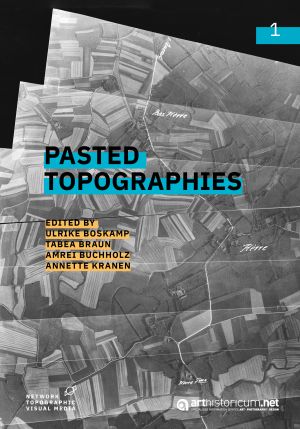Terrain. Studies on Topographic Visual Media
Terrain. Studies on Topographic Visual Media is published by the Network Topographic Visual Media (NTB), founded in 2020. The series provides a forum for research contributions that deal with the visual representation of topographic spaces in their various manifestations and contexts. Different disciplinary perspectives are included, as well as topics of research that span regions, epochs, and genres. The focus of the contributions lies on material-related studies.
Topographic images were and are produced and used in a wide variety of fields, such as the sciences, art, the military, administration, jurisprudence, and tourism. Accordingly, the research field includes geographical maps, sea maps, topographic sketches, diagrams and plans, mapping of planets and oceans, digitally generated spaces as well as landscape paintings, drawings, and graphics. In terms of techniques and types of spatial representation, multiple overlaps can be found between these types of visual representation. Thus, it is relevant to also understand and investigate their function and areas of use in consideration of such reciprocal references.
The aim of the Network Topographical Visual Media is to create a platform for academic debate and exchange between research and research approaches from different disciplines, e.g. image, media and cultural studies, history of art or cartography. In Terrain, the results of the network's work are published, as well as other studies from the field of topographic representation.
Published so far
Pasted Topographies
The joining of individual images or the mounting of papers to form larger sheets can be understood as material responses to the challenges of representing topographies. The combination of topographic images in composite media – albums, travelogues, atlases or picture series coupled with maps – enables complex representations as well as contextualised perceptions of space. This volume brings together case studies in which techniques of gluing and pasting prove essential for the rendering of space in visual media.







